Major auto manufacturers are breaking ground with hands-free driving technology. The Wall Street Journal reports that General Motors Co. will launch Cadillacs with hands-free automated driving systems and Wi-Fi systems allowing vehicle to vehicle communication as early as 2016 models – due out in 2015. In these cars drivers can ride with hands off the steering wheel on freeways with proper lane markings. Toyota Motor Co. similarly plans to launch crash-avoidance technology in 2017 models of Toyota and Lexus. Daimler AG is offering driver assistance technology in new Mercedes Benz C Class cars.
While auto manufacturers are producing models that still require drivers to stay engaged and intervene as needed, Google Inc. is prototyping a completely self-driving car — without steering wheels or pedals for braking and accelerating. (WSJ)
These hands-off and self-driving technologies share the goal of reducing or eliminating the estimated 80% of accidents that occur because of driver mistakes. But in a world where distracted driving is already an endemic safety issue, manufacturers of hands-off cars face a major challenge in keeping drivers from “checking out” while driving — reading, texting, or napping instead of paying attention. These technologies also raise questions about who will be liable when an accident occurs. Drivers who suffer personal injuries in an automated driving accident will not only have insurance coverage claims against their own liability insurer, but also may have product liability claims against the auto manufacturers for failures in auto driving technology. Determining who, or what, is at fault in partially automated accidents will become more complex and involve more entities.
Drivers considering these new technologies before purchase should ask manufacturers for complete information and warnings about when and how they must stay engaged while driving, and continue to heed state laws against distracted driving.

